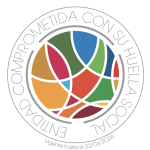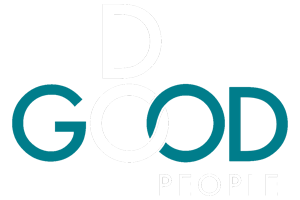In yet another installment of the European Union’s effort to transform its economy, the newly adopted Ecodesign for Sustainable Products Regulation (ESPR) is claiming its very relevant place in this journey towards sustainability.
What you will find
Transforming the European economy into one that is synonymous with sustainable business practices begins by producing sustainable products in the first place.
While regulations and directives like the CSDDD or the CSRD tackle how companies comply with sustainability standards internally and externally, the Ecodesign for Sustainable Products Regulation or ESPR focuses on the life cycle and impact of all products placed in the EU market.
Let’s take a look at what this newly approved regulation means for businesses, the goods they produce, and the future of the European economy and society.

What is eco-design and why is it important?
Eco-design, as the word itself suggests, refers to designing products in a way that is ecologically responsible and sustainable. This includes the entire life cycle of the product, from production, to durability and recycling.
An ecodesing approach aims to find innovative and effective solutions to the environmental impact of products throughout their life cycle. And the key to this is, of course, to drive such solutions through environmental data or LCAs (Life Cycle Assessments).
This definition should be enough to understand how important taking an eco-design approach is for the sustainable future of our economy and society.
Engage employees in the sustainability strategy
Our current production market is flooded with commodities that become waste too soon, making planned obsolescence a defining element in the way companies design goods. Eco-design is important precisely because it could allow for this self-sabotaging system to cease existing.
The EU might have finally understood how relevant eco-design is for the sustainable future of the territory, setting in more ambitious targets for companies; although, this is not their first attempt.
The European Ecodesign Directive
Prior to the draft and approval of the Ecodesign for Sustainable Products Regulation, the EU had already established certain boundaries to the environmentally conscious design of a given set of product groups within the European Union.
Such boundaries were made into a directive back in 2009 under the European Ecodesign Directive. The latter set ecological standards for certain product groups, and worked hand in hand with the Energy Labeling Regulation, as it established design requirements concerning energy and GHG-intensive products.
Because of this directive, energy consumption of regulated products was reduced significantly and saved consumers millions of euros in energy expenditure. But, in March 2022, the ESPR was proposed to replace the existing Ecodesign Directive.

The Ecodesign for Sustainable Products Regualtion
In an effort to bring more nuance and ambition to the ecodesign of products within European borders, the ESPR was proposed in 2022 as a replacement for current standards. On April 2024 it has finally been approved and will soon become law.
The Ecodesign for Sustainable Products Regulation introduces new requirements as well as new product groups, which means it’ll be applicable to a broader range of businesses.
The regulation affects virtually every product placed on the market or put into service in the EU, with the exception of food or medical products. From electronics, to textiles and chemicals, the ESPR poses great ambition for its applicability.
Guide to the EU's 'Green Claims' Directive
The regulation and its standards are based upon key aspects such us the products’ durability, reusability, reparability, energy and resource efficiency, recycling or remanufacturing; all of which are crucial to the future of the EU market.
As for stakeholders, and in line with the upcoming ‘Green Claims’ Directive, the ESPR introduces a digital passport for regulated products; one that will allow consumers, regulators, and other actors to easily access the sustainability information of the product.
And, on top of all of this, the regulation will also aim to put an end to the practice of destroying unsold goods, by requiring companies to adopt measures against it, and disclose data about unsold products.
How can companies prepare for the ESPR?
The regulation will follow a prioritization approach, meaning it will begin applying to more energy-intensive products. So the first thing to do is to find out whether your companies’ products are indeed among these (textiles, iron, steel, tires, furniture etc.)
But, leaving time aside, at some point, the regulation will likely come your company’s way, so the most important thing to do is to understand the impact products have throughout their life. And so the best way to evaluate such impact is most definitely by conducting a Life Cycle Assessment or LCA of the given products.

Setting the stage for successful corporate sustainability
Whether your are a small, medium or large corporation, the concepts of durability, reparability, and the overall circularity of products are crucial to the long term success of any business. But, given the system of disposability we haven been living in for the last decades, nobody can guarantee this to be an easy journey.
Change needs to come within the organization so that it can genuinely permeate into business practices. It is from a strong workplace culture and sustainable conviction or conscience that innovative solution can actually flourish faster and more effectively.
Engage employees in the sustainability strategy
In DoGood, we aim to simplify the complex web of sustainability objectives for companies by offering a platform that translates the high-level ESG (Environmental, Social, Governance) objectives into actionable tasks for every single employee.
Then, each employee not only knows how to make an impact but also feels empowered to contribute meaningfully to the greater sustainable strategy.
No more vague directives. No confusion. DoGood automates the process, making it seamless for the workforce to know precisely what steps to take.







